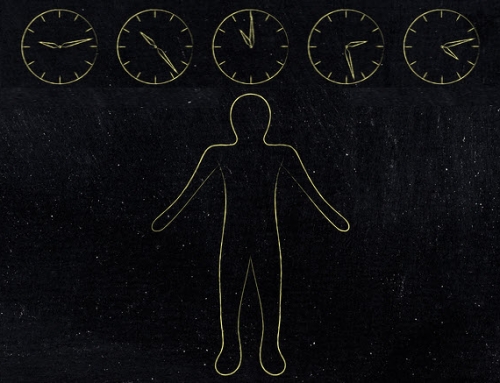As a user experience (UX) consultant/freelancer with a small business, whenever there is a new project opportunity, I need to decide whether or not to accept the project.
I have to think about how well the project fits with the existing skillset and schedule for myself and one staff person, as well as consider the income potential from the project, both in the short term from the work that is coming up, to the long term, potential future efforts from this new or existing client.
Isn’t it great to have full time work?
Frequently, when a potential project spans a long period of time and appears like it will be a full-time effort for much of that time, I’ll hear something to the effect of: “Isn’t this great? Your calendar will be full and you won’t have to worry about finding other work for such a long time.”
The assumption inherent in this statement is that the best possible scenario for me is to work on long-term full-time projects. But is that really true?
Stability or risk?
While there is certainly something reassuring about the stability of a long-term full-time employment situation, and certainly working to avoid gaps in work and thus income is important, if stability was my primary goal in work, I wouldn’t be a freelancer!
For the past several years, I have chosen to give up a level of employment stability in exchange for what, to me, includes more of a thrill. In this capacity, I often look for smaller projects over bigger projects.
That’s not to say that I haven’t taken on long-term contracts, and in fact my longest running contract with FEMA spanned six years and averaged as an at least half-time effort over most of those years.
Larger projects vs. smaller projects
If you’re a freelancer, what are the advantages and disadvantages of small vs. large?
Benefits of taking on larger projects
Stability – Of course, a long running full-time project will likely provide you with the most stability you can have for the duration of that project without actually being a permanent employee.
Depth – You have the opportunity to really get to spend time with the team and become an integrated part of something, while still maintaining your freelancer status.
Make a difference – With all the time that you’ll spend on the project, you’ll really have time to feel like you’ve made an impact and that you’ve gotten to see things through.
What’s wrong with taking on larger projects?
You’re not an employee – You’ll often find yourself working with employees. They’ll get some extra perks. They’ll get invited to the holiday party, and you may not be. You may see your status as one of the team, but employees may continue to see you as “the contractor.”
Reduced thrill – Part of the joy of being a freelancer, at least for me, is the thrill of experiencing different things, of never really knowing what is around the corner. Sometimes, taking on a larger project means giving up some thrill in exchange for that stability.
Lower pay rate – Stability and pay rate are often inversely proportional. As stability goes up, hourly or day rate may go down.
All your eggs in one basket – Since you’re not an actual employee, you may be the first to go should hard times come up. If you are full-time, you likely have only this one project and could very well end up with no work on short notice.
Time to pursue the next thing – While involved with a full-time gig you are not left with much time to pursue other opportunities simultaneously.
Benefits of Taking on Smaller Projects
Variety – If you’re driven to be a consultant, it is often to experience a variety of projects and clients. The more projects you can take on in a period of time, the more intense a variety you are able to experience.
Excitement of juggling – Taking on smaller projects can often feel like you’re constantly shifting around the puzzle pieces to make them fit, and admittedly this can seem impossible at times. But by and large, there is also a satisfaction inherent in finally getting those pieces to fit.
Balanced risk – By taking on a number of small projects, any of those projects could end and you’ll still have others.
Time for business development – When you do have a project end, you then have that time to feed into your business development efforts as you seek out new work.
Better pay rate – Again, stability and pay rate are often inversely proportional. You can probably get more per hour or per day when it’s only a limited number of hours or days.
More autonomy – It’s a given that you’re working for other clients too, so no client gets full ownership of your workday.
What’s wrong with taking on smaller projects?
You need to devote more time to business development – nearly constantly, in fact.
Pay rate may be better, but less work hours overall – Although the pay for your time may be better, and the overall risk may be less, you may find that you work less billable time overall, so you’re not actually making more money.
Juggling is hard – Sometimes the puzzle pieces fit perfectly, and sometimes they just don’t.
No depth – You often have more shallow relationships with client teams, given your limited scope of engagement.
It’s not a completely binary option
While the above pros and cons list presents two options that are largely polar opposites of each other, there is a middle ground. In an ideal world, perhaps finding a long-term project that is not full-time (say a flexible half-time effort) and then filling the remaining time with smaller projects (and necessary business development) could provide a middle ground that allows you to enjoy the best of both worlds. Is this or any other “ideal” configuration achievable? Sometimes the puzzle pieces that you’re looking for will be hard to find. But stay hopeful, as other times, those puzzle pieces will just fall into your lap.
Image: edrosala/ Bigstock.com








